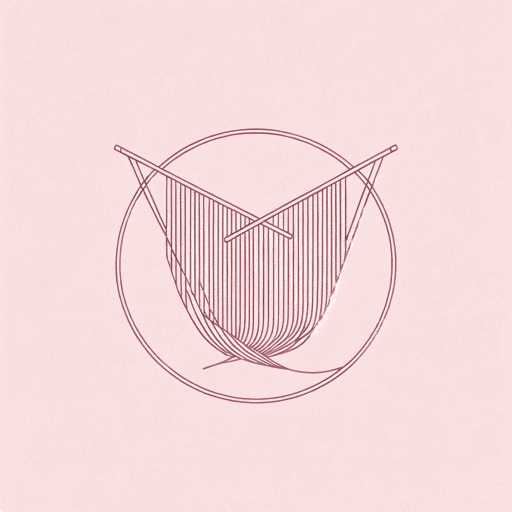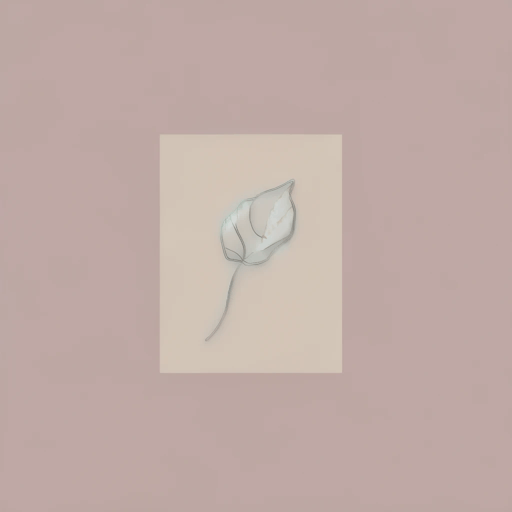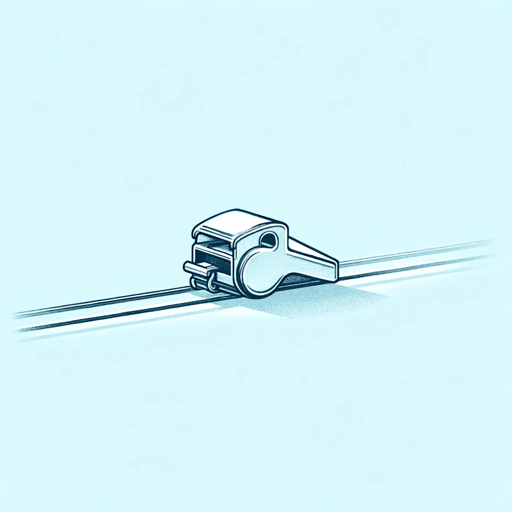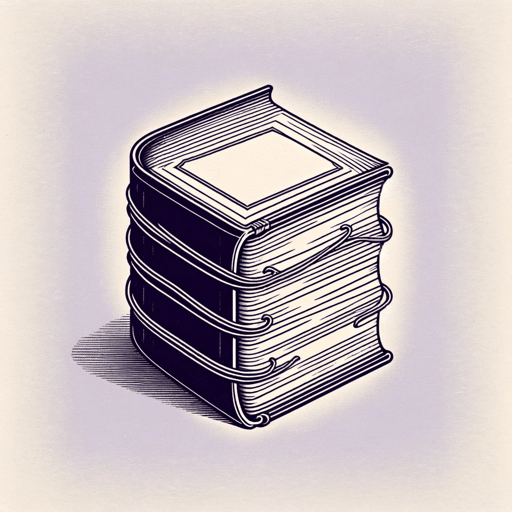21 pages • 42 minutes read
Edna St. Vincent MillayI Will Put Chaos Into Fourteen Lines
Fiction | Poem | Adult | Published in 1949A modern alternative to SparkNotes and CliffsNotes, SuperSummary offers high-quality Study Guides with detailed chapter summaries and analysis of major themes, characters, and more.
Literary Devices
Form and Meter
Millay wrote “I will put Chaos into fourteen lines” as a sonnet, meaning it is a single-stanza work consisting of 14 lines. There are a number of traditional sonnet rhyme patterns, including the Spenserian, Shakespearean, and Petrarchan sonnets, among others. The rhyme scheme this particular Millay text follows is ABBAABBA for the initial octave (eight lines), and CDCDCD for the remaining sestet (six lines). This rhyme scheme classifies Millay’s text as a Petrarchan sonnet. The sonnet form was a poetic structure developed in Italy during the 13th century, and Petrarch wrote his sonnet sequence in Italy in the 14th century. More specifically, the rhyme in Millay’s sonnet is identifiable as masculine rhyme, defined as “a monosyllabic rhyme or a rhyme that occurs only in stressed final syllables” (“Masculine Rhyme.” Britannica, 2022). For example, the second and third lines of the sonnet rhyme “escape” (Line 2) with “ape” (Line 3). While “escape” (Line 2) consists of two syllables as opposed to the monosyllabic “ape” (Line 3), both words rhyme on the final (or only) stressed syllable/sound. In contrast, a rhyme classified as “feminine rhyme” features rhyming of multiple syllables.
Related Titles
By Edna St. Vincent Millay

An Ancient Gesture
Edna St. Vincent Millay

Conscientious Objector
Edna St. Vincent Millay

Ebb
Edna St. Vincent Millay

Lament
Edna St. Vincent Millay

Not In A Silver Casket Cool With Pearls
Edna St. Vincent Millay

Song of a Second April
Edna St. Vincent Millay

Spring
Edna St. Vincent Millay

The Ballad of the Harp-Weaver
Edna St. Vincent Millay

The Courage That My Mother Had
Edna St. Vincent Millay

The Spring And The Fall
Edna St. Vincent Millay

Travel
Edna St. Vincent Millay

